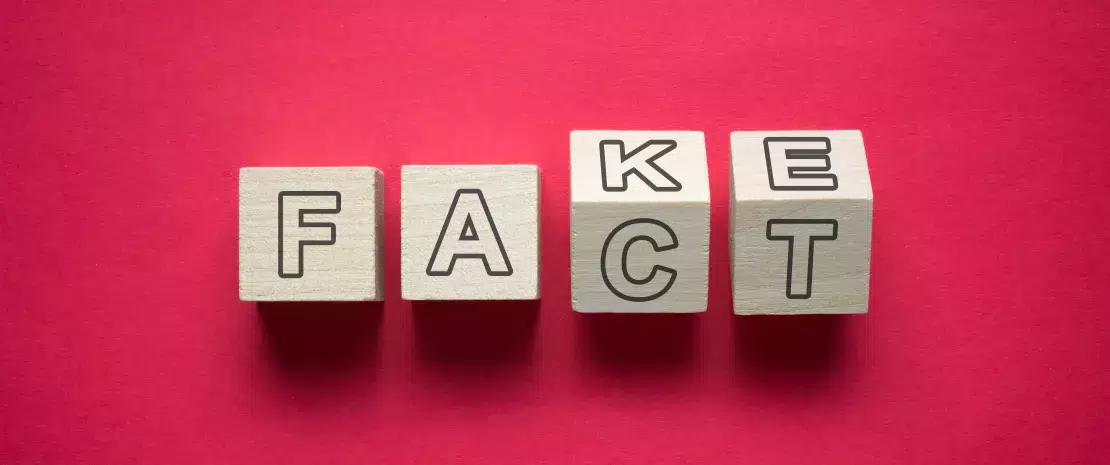Scientific publications: Dr Science and Mr Fraud
The world of scientific publishing is essential to the sharing of research findings, but today it is plagued by two evils: predatory journals and paper mills.
Let’s take a closer look at this world without law.
Lay public section
Find here your dedicated section
Sources
This article is based on scientific information

About this article
The publication of scientific articles allows researchers to share their findings. A peer review system guarantees the quality of published work. Every article in a scientific journal worthy of the name has been previously reviewed by other experts in the field. Among other things, these experts can request improvements from the author or even refuse publication if they consider the article to contain errors or to be of little interest.
Predatory journals
However, some scientific journals are scientific in name only. Known as predatory journals, their principle is that the author pays to be published, whatever the quality of their article. The problem is that the researchers are at times fooled themselves, either as authors (some non-predatory journals ask for a contribution to publication costs) or as readers of such articles, which they believe to be correctly reviewed by peers. American library scientist, Jeffrey Beall, first denounced such journals1,2 in 2012. He proposed a number of criteria to identify them (e.g. articles accepted too quickly) and drew up a list of culprits3. Since then, several groups have taken up the torch, among which predatoryjournals.com. To reveal the extent of such practices, some authors have gone so far as to submit bogus articles. For example, in exchange for $55, a team of Franco-Swiss authors was able to publish in one such journal a nonsense article co-signed by fictitious authors from non-existent institutes (Institute for Quick and Dirty Science), with absurd methodologies, wild conclusions (enriching table salt with hydroxychloroquine to reduce scooter accidents), and a bizarre bibliography.
Paper mills
As if bogus journals were not enough, a second scourge is also eating away at scientific publishing: paper mills. Paper mills provide authors lacking inspiration, time or ethical values, but who wish to boost their careers in return for money, with ready-made articles containing data produced from thin air. Since these articles may be published in mainstream (rather than predatory) journals, it is sometimes difficult to identify them. The scam may have reached industrial scale, involving thousands or tens of thousands of articles.4
Fightback underway
With the help of volunteer scientific investigators, such as microbiologist Elisabeth Bik5, the scientific community is preparing to fight back against this second scourge. Searching for images too similar to be true, in 2020, Bik’s blog6 identified more than 400 articles that were likely produced by a single Chinese paper mill. Iran and Russia were also singled out for blame. As a result, the publishers are reviewing the articles flagged, with many already retracted and others marked with “expressions of concern”7. Serious publishers are also becoming more careful about new submissions, not hesitating to ask authors for raw data to ensure the veracity of the studies performed.
400 More than 400 articles that were likely produced by a single Chinese paper mill
Due to the extent of these two phenomena, caution and critical thinking are required, since anyone can be deceived. Aware of such scams, the Biocodex Microbiota Institute takes the greatest possible care in selecting the articles featured on its site
1 Beall J. Predatory publishers are corrupting open access. Nature. 2012 Sep 13;489(7415):179.
2 Beall J. Medical publishing triage - chronicling predatory open access publishers.Ann Med Surg (Lond). 2013 Jun 22;2(2):47-9.
3 Beall J. Best practices for scholarly authors in the age of predatory journals.Ann R Coll Surg Engl. 2016 Feb;98(2):77-9.
4 Byrne JA, Christopher J. Digital magic, or the dark arts of the 21st century-how can journals and peer reviewers detect manuscripts and publications from paper mills? FEBS Lett. 2020 Feb;594(4):583-589.
5 Meet this super-spotter of duplicated images in science papers. Nature. 13 May 2020
6 The Tadpole Paper Mill. Science Integrity Digest. Feb 2020
7 The fight against fake-paper factories that churn out sham science. Nature. March 2021

